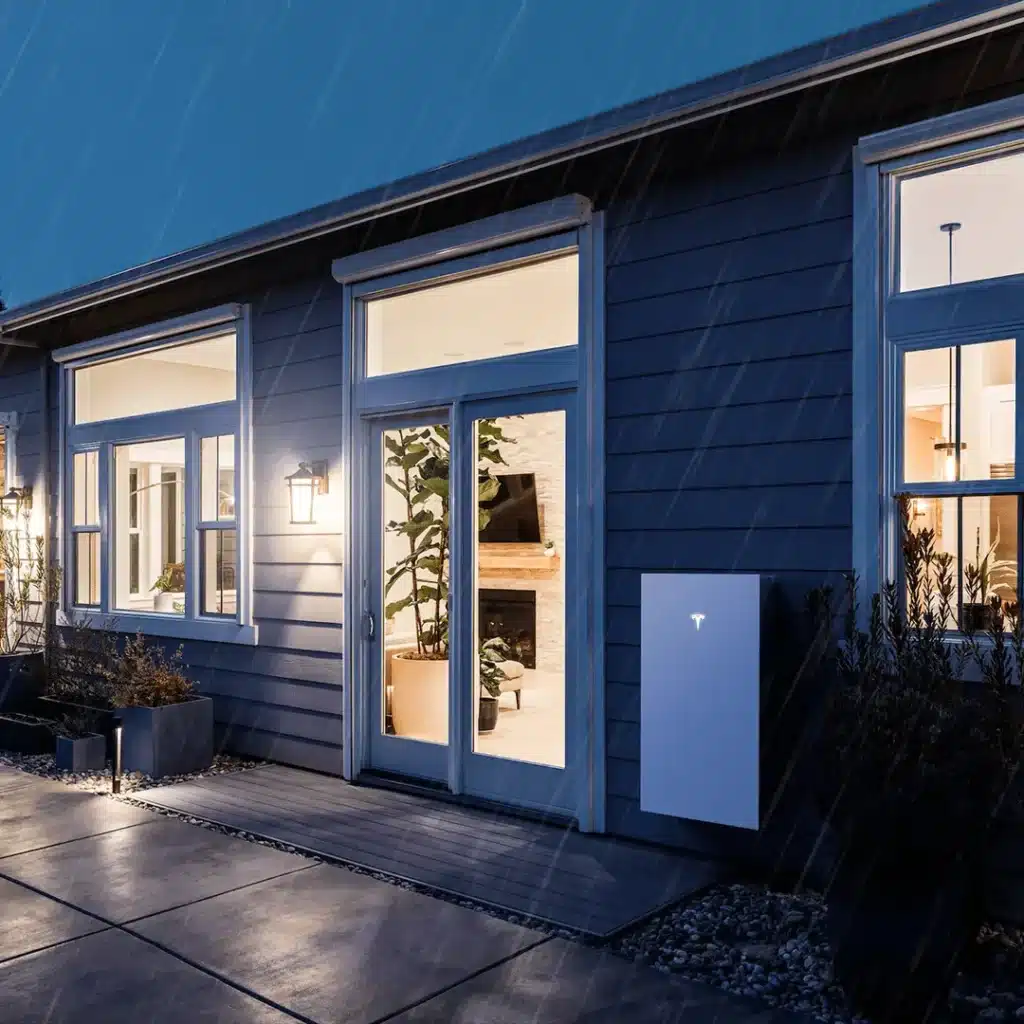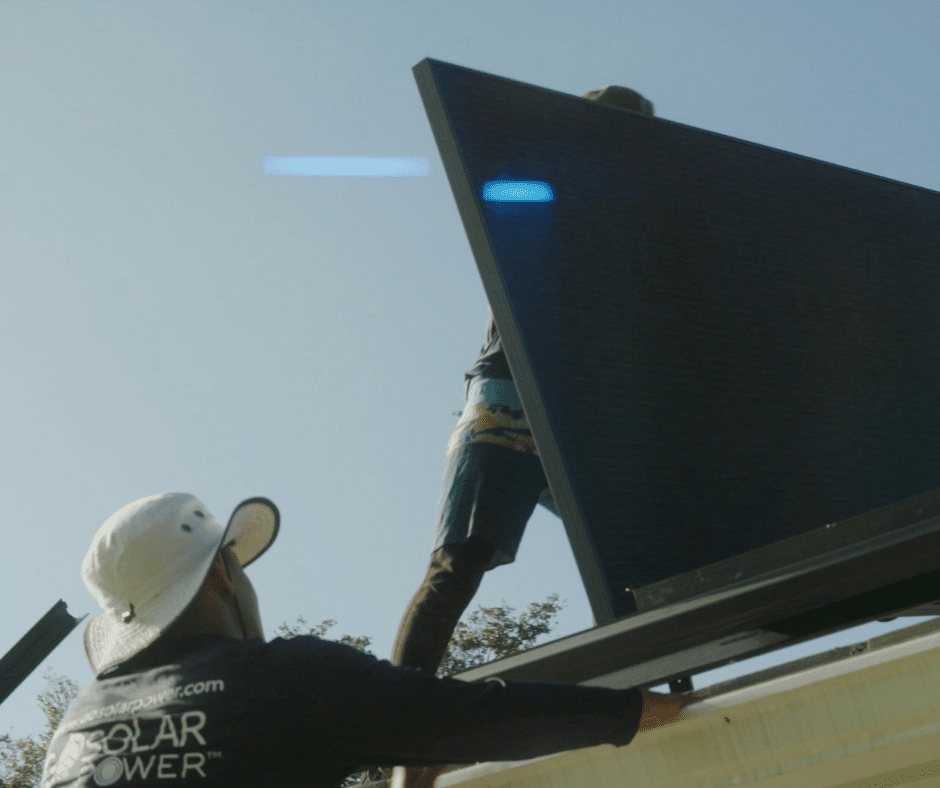Surprising Durability of Your Solar System
If you’re considering solar energy or have already made the switch, you might be curious about how well solar panels hold up during severe weather—particularly in areas vulnerable to hurricanes and hailstorms.
The good news is that solar panels are built to endure more than you might expect. Historical evidence from some of the most devastating storms in the United States highlights their resilience.
Hurricane Sandy: In 2012, Hurricane Sandy struck New Jersey, a state known for its high number of single-family homes. Many solar homeowners braced for the worst, yet reports indicated that their solar systems experienced minimal damage despite the storm’s intensity.
Hurricane Maria: Similarly, during Hurricane Maria in 2017, most solar installations in Puerto Rico remained functional even as the storm unleashed winds exceeding 150 mph. Notably, a VA hospital in San Juan, one of the hardest-hit areas, successfully operated its commercial solar system at full capacity throughout the disaster.
What contributed to the survival of these solar systems? In both instances, robust racking and anchoring systems provided the strength needed to withstand extreme winds and weather conditions.
Wind, rain, and hail are typically the primary concerns regarding hurricane-related damage. Let’s explore these factors further to understand their impact on solar panels.

Do Solar Panels Generate Power in the Rain?
When a hurricane hits, concerns about rain and flooding are understandable. However, you might be surprised that your solar panels can still function during stormy weather.
Solar panels are designed to be waterproof, allowing them to generate some energy even in rainy conditions, though their output will significantly decrease. Photovoltaic (PV) panels can still produce between 10% and 25% of their optimal capacity on cloudy or rainy days, thanks to their ability to convert direct and indirect sunlight into usable energy.
Moreover, rain can actually benefit your solar panels. After a storm, the tempanels’ tempered glass surface can absorb sunlight more efficiently the rain washes away accumulated dust, dirt, pollen, and other debris. This cleansing effect can enhance the panels’ overall performance once the skies clear.

How Wind Affects Your Solar Panels
Wind is another crucial factor that can impact the integrity of your solar system during a hurricane. High winds can pose risks to even the most robust homes and well-constructed roofs.
One concern is uplift, which occurs when wind forces its way between your roof and the solar panels, potentially lifting the hardware or loosening the modules. However, with proper installation, your solar panels will be securely anchored to your home using multiple attachment points, which generally helps mitigate the effects of wind uplift.
Many states and municipalities that are susceptible to extreme weather have established specific standards to ensure the safety and durability of solar installations. For example:
– **Florida’s building code** mandates that solar panels have sufficient attachment points to withstand uplift, with requirements for enduring winds of 160 mph and even higher in exposed coastal areas, such as Marco Island.
– **In Texas**, all rooftop racking systems must be bolted to the rafters rather than just the decking, ensuring greater stability. Solar installations in the state are tested to endure wind speeds up to 125 mph.
Despite these regulations, hurricanes can cause severe damage. If your roof is compromised or debris impacts the shingles, it can be challenging for solar panels to escape unscathed. Fortunately, such instances are not the norm. If you live in an area known for high winds, your solar installer can provide tailored recommendations based on local conditions and best practices.

Are Solar Panels Vulnerable to Hail Damage?
If you’ve ever experienced a hailstorm, you know how destructive those ice pellets can be. But when it comes to solar panels, most are engineered to handle such challenges.
Typically, solar panels are built to withstand hailstones measuring up to one inch in diameter, falling at speeds of about 50 mph. While damage from hail is uncommon, it can happen in specific cases where the impact is concentrated on a small area.
For instance, a significant hailstorm in the Denver area provided a perfect opportunity for testing the resilience of solar panels. The National Renewable Energy Laboratory (NREL) monitored over 3,000 solar panels during the storm, which unleashed baseball-sized hail. Remarkably, only one panel suffered any damage, demonstrating the durability of contemporary solar technology and its capability to endure severe weather events.

Protecting Your Solar System from Hurricane Damage
Solar panels are designed to endure various weather conditions, including rain, sleet, snow, and even hurricanes. Their construction ensures they can withstand the elements while continuing to generate energy.
Before installation, a thorough inspection of your roof is conducted to confirm its ability to support the solar system safely. If any issues are identified, such as the need for a roof replacement, those recommendations will be made before proceeding with the installation.
To enhance the resilience of your solar array against hurricane conditions, your installer might implement several strategies, including:
- Utilizing ballasted or penetrating anchors to minimize lateral movement during strong winds
- Incorporating flexible racking systems that allow the panels to bend without breaking under gale-force winds.
- Attaching panels securely to the rafters of your home to ensure they remain in place during extreme weather.
- Installing high-quality solar panels specifically designed to withstand debris and harsh conditions common in hurricane-prone areas.
- Adding hurricane clips or reinforcement brackets for additional stability and durability against severe winds.
By taking these precautions, your solar system can be better prepared to face the challenges posed by hurricanes.

Is Your Solar System Covered for Hurricane Damage?
If you live in an area prone to severe storms, it’s crucial to understand how your solar system is insured, as this often depends on ownership.
When you choose Go Solar Power for your solar or solar-plus-battery installation and sign up with our Solar as a Service program, the financing company retains ownership of the system. In this case, they provide insurance coverage for any damage caused by hurricanes or hailstorms.
However, if you purchase your solar system outright or finance it through a loan, you own the system and are responsible for insuring it through your homeowner’s policy.
All residential solar and solar-plus-storage systems with Go Solar Power’s Solar as a Service Plan come with a comprehensive 25-year protection plan. This plan ensures hassle-free repairs, covering both equipment and labor for fixing or replacing any system components.

Remember: Solar Panels Are Built for Durability
Investing in solar panels is a significant decision, and their quality reflects that investment. High-quality solar panels are engineered to withstand a wide range of environmental conditions, ensuring longevity and reliability.
The solar industry prioritizes robust installations, employing advanced engineering to minimize the risk of damage during severe weather events. This over-engineering helps prevent panels from being dislodged from rooftops, even in the face of gale-force winds.
While extreme weather can pose risks, it’s important to remember that conditions strong enough to damage your solar system are often also powerful enough to threaten your entire home. Unless you find yourself in the path of a catastrophic storm, you can rest assured that your solar system is built to endure.
For more information about how Go Solar Power can help you harness the benefits of solar energy, visit our [Solar Saves page](https://www.gosolarpower.com/solar-saves) or contact us directly to learn more about our products and services. We’re here to assist you every step of the way!


